Which countries send migrants to the U.S. border, and what are they fleeing?
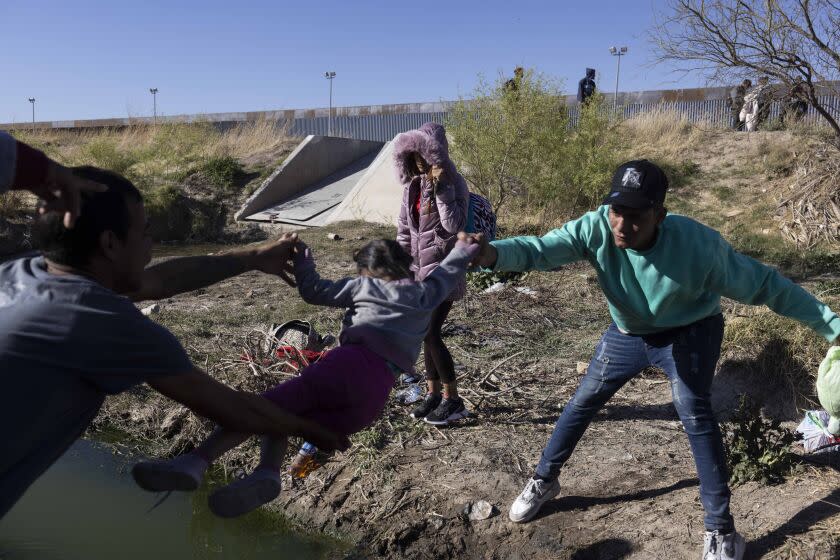
The deadly fire at a migrant detention center in northern Mexico last week has put a spotlight on why, amid harsh U.S. immigration policies, migrants continue to make the dangerous journey north.
What makes conditions at home so untenable that they outweigh the hostilities of the migrant trail or the chance of being turned back at the border?
The 39 men killed and dozens wounded in the Ciudad Juarez blaze came from Guatemala, Honduras, El Salvador, Venezuela and Colombia — countries beset by political instability, poverty or violence.
Those conditions, as well as natural disasters, or inequality worsened by the pandemic, are driving people north. Pandemic travel restrictions had limited migration, but the number of travelers increased again in 2021 as the constraints started to lift.
Mexico, which accounts for the highest number of border crossings, has agreed to accept those turned out of the U.S. under Title 42, a public health policy that allows agents to quickly expel asylum seekers and block access to the U.S.
Asylum seekers now wait in packed shelters for Title 42 to lift in May or for appointments with border officials — made through an overloaded mobile app — in the hopes that they'll qualify for a humanitarian exemption to the health policy.
But officials and advocates contend that Mexico is not equipped to handle the influx of people stranded there. They are bracing for this summer when the U.S. is expected to roll out a new policy that will limit asylum access for migrants who crossed into the U.S. without authorization and didn't apply for protections on the way.
In border cities such as Ciudad Juarez, shelter directors are already struggling to expand their bed space, and human rights groups have decried arbitrary detentions of migrants by police.
Here are the countries, apart from Mexico, whose citizens account for the highest number of encounters between U.S. border officials and migrants who attempted to cross in January and February, and the factors leading people to flee northward.
Venezuela
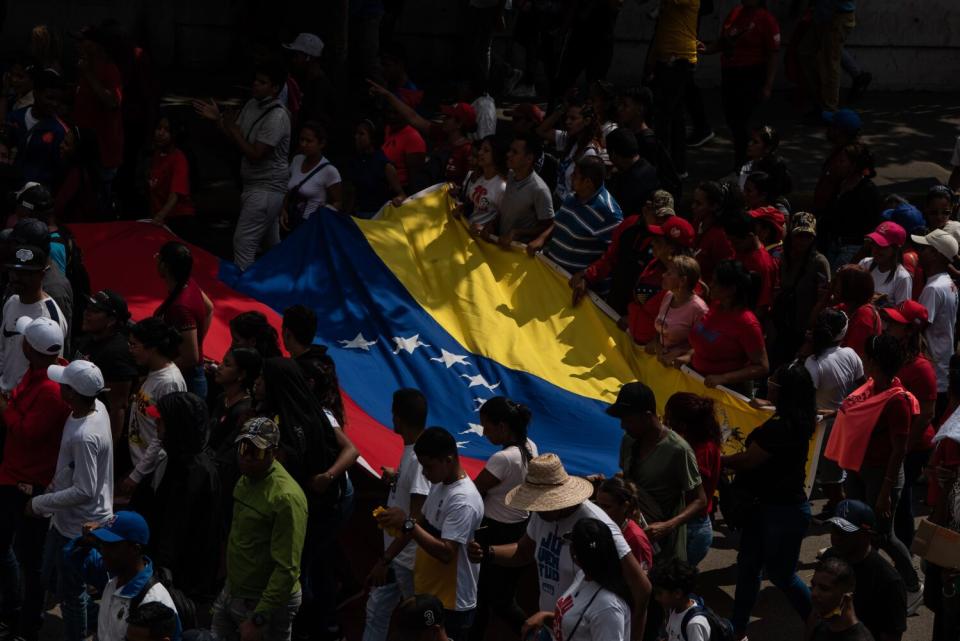
More than 7 million Venezuelans have fled the country since 2015 amid crippling poverty and political crises. Authoritarian President Nicolás Maduro has crushed political freedoms. Government mismanagement and corruption, as well as a drop in oil prices, fueled a humanitarian disaster with severe shortages of food and medicine.
In 2022, inflation slowed — from 686.4% to 234%. And for the first time in seven years, poverty is falling — from 65.2% in 2021 to 50.5% in 2022, according to a study by Andrés Bello Catholic University. Dany Bahar, a Brown University professor who studies immigration, attributed the drop to the government loosening foreign currency controls combined with Venezuelans receiving remittances from abroad.
Still, the top 10% of Venezuelans make an average of $553 a month, and the poorest 10% bring in the equivalent of about $8, the study said.
The number of encounters between U.S. border officials and Venezuelan migrants without legal status trying to enter the U.S. — which peaked at nearly 34,000 in September — has dropped dramatically since the Biden administration began expelling Venezuelans in October under the Title 42 policy.
The U.S. simultaneously launched a parole program to allow into the country Venezuelans who have U.S. sponsors that can guarantee financial support — later expanded to include Cubans, Haitians and Nicaraguans. Parole applicants must go through the process before flying into the U.S.
Honduras
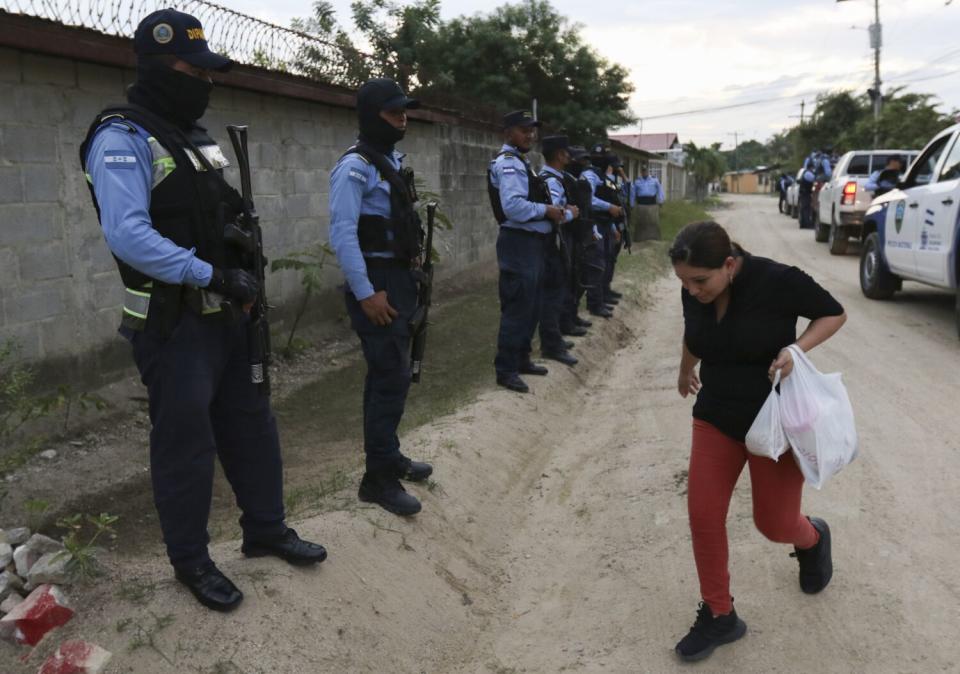
Honduras was one of the deadliest countries in Latin America last year, with 35.8 homicides per 100,000 residents, according to InSight Crime, a think tank investigating organized crime in the region. In December, the government instituted a state of emergency to combat gang violence, suspending constitutional rights.
Poverty and political instability also drive migration. In 2019, nearly half of Hondurans lived on less than $6.85 a day; 13% lived on less than $2.15.
For many Hondurans, two hurricanes in 2020 — affecting more than 4 million people and displacing hundreds of thousands — combined with the devastating effects of the pandemic created the tipping point to leave.
Ecuador
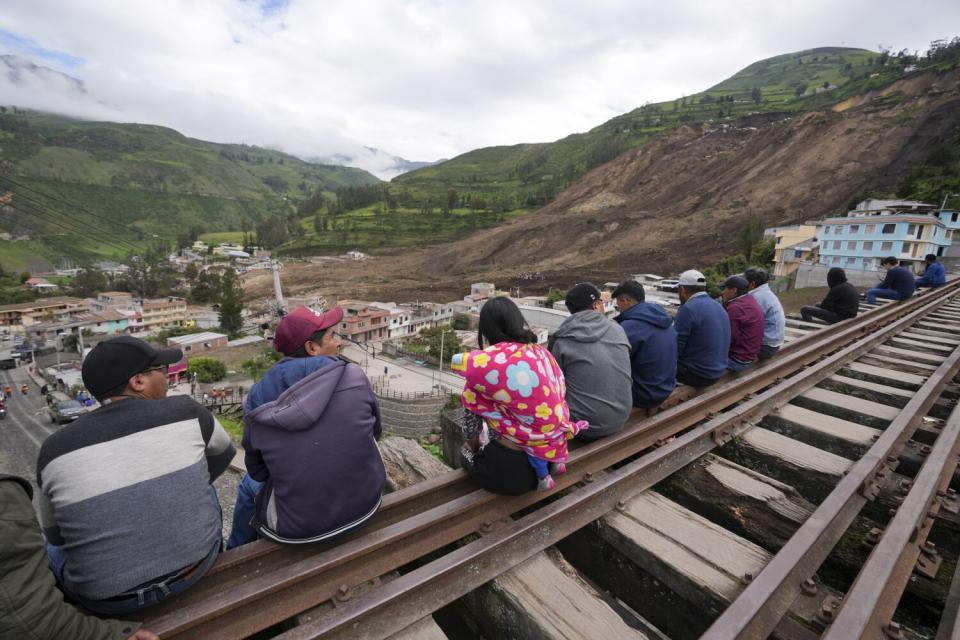
Many leaving Ecuador tend to be from the lower middle class or just below the poverty line, according to Andrew Selee, president of the Washington-based Migration Policy Institute. By the end of 2022, 5.4 million Ecuadoreans, or 30% of the population, lived in poverty.
Those moving include people who lost their formal sector jobs during the pandemic and hope to take advantage of a labor shortage in the U.S., Selee said.
"This is really a story in much of the region," he said. "Most of Latin America has had a sluggish recovery from the COVID recession, while the U.S. economy has heated up very quickly. People have real reasons for leaving and real hopes for getting a job in the U.S., and then violence adds another element for many people to want to make the journey."
Guatemala
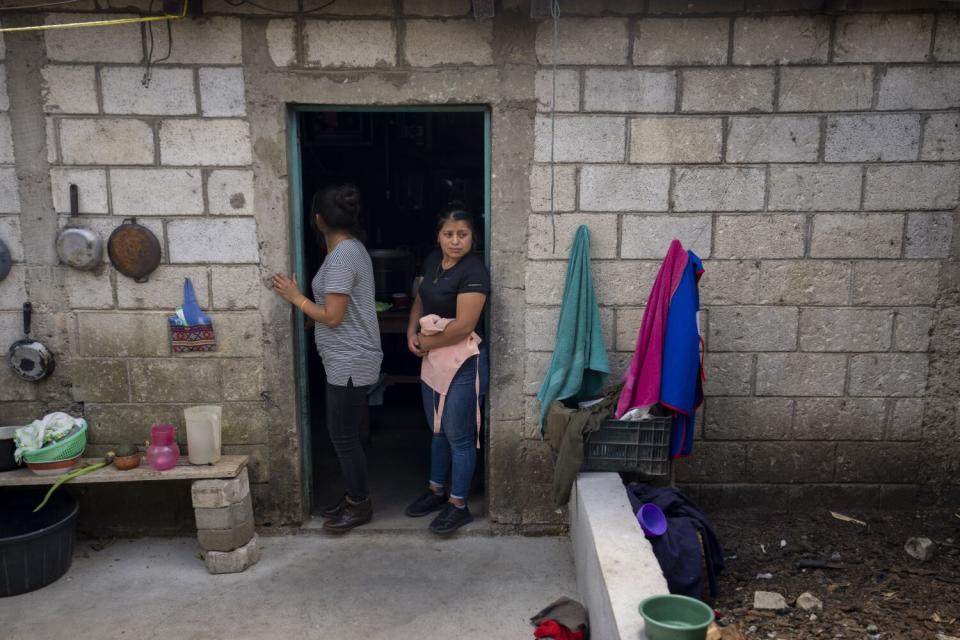
More than half of Guatemalans — including much of the country's Indigenous population — live in poverty.
It’s a country where even the poorest migrate, often taking out loans to pay smugglers or relying on the support of family and friends in long-established immigrant communities in the United States. A 2022 study by the Migration Policy Institute and the Indigenous rights group Asociación Pop No’j found that much of Guatemala's migration comes from the Western Highlands, a mountainous, predominantly Maya region hard hit by climate change and one of the poorest in the country.
Remittances, largely from the United States, made up 17.9% of the country’s economy in 2021.
“These are small countries and they’re large diasporas, so you’re going to have a big effect,” Bahar said.
Colombia
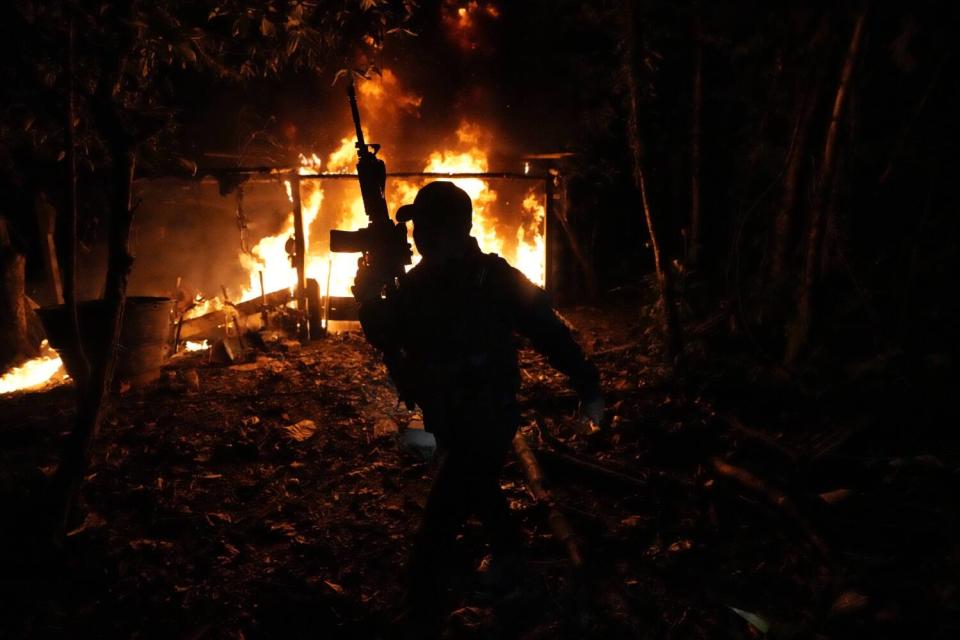
Armed Colombian groups that recruit children have displaced thousands as they fight for control of rural areas of the country. President Gustavo Petro has prioritized peace negotiations with guerrilla groups including the National Liberation Army, which controls drug trafficking routes.
But if Colombians believe the push for stability will fail, they could be drawn to leave, said Manuel Orozco, a migration expert at the Inter-American Dialogue, a Washington think tank.
Recent migration from Colombia may also be motivated in part by people looking for jobs in the U.S. Others may be leaving to reunite with their families.
Haiti
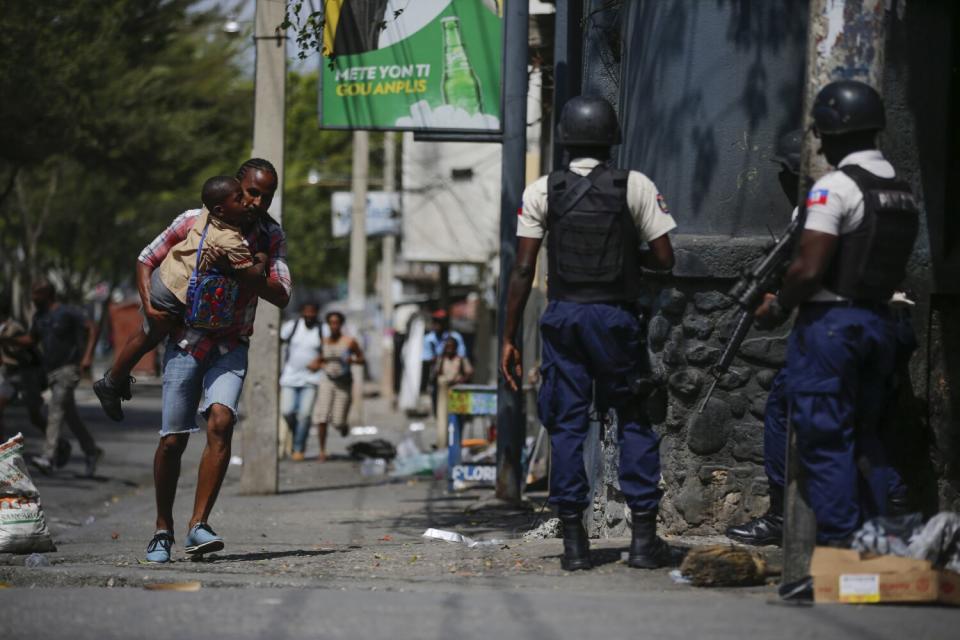
Haiti suffers extreme poverty and political instability. The capital, Port-au-Prince, is largely controlled by gangs.
The current crisis escalated in the chaos following the assassination of President Jovenel Moise in 2021. Haiti's prime minister is viewed as incompetent, and the country has no functioning Parliament, with the terms of the last remaining senators expiring in January. Only 13% of the country's workforce labors in the formal sector.
The violence has displaced Haitians within the country in addition to driving others to flee to the U.S.
Haitians who'd already left their home country for South America following a devastating 2010 earthquake have also headed to the U.S. by the thousands during the pandemic. Haitians who abandoned Chile pointed to challenges such as language barriers, tight visa restrictions and pandemic-related economic decline.
Times staff writer Kate Linthicum contributed to this report.
This story originally appeared in Los Angeles Times.

